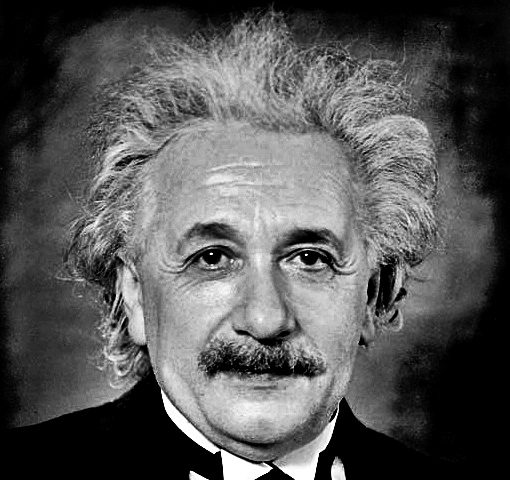
The year was 1905 when a German scientist first announced his very own theory about light. This physicist was the great Albert Einstein and he announced what later became known as his famous “quantum theory of light”. This particular is important to the development of the modern laser because within this theory Einstein stated that light, or photons, consists of both waves and particles. Einstein went on to further claim that photons travel around in wave-like patterns. These claims were later proved as true after scientists performed experiment after experiment in order to test the validity in Einstein’s scientific claims. He also agreed with some other scientists when it came to how certain sources of light, such as candles, light bulbs, and the sun, produced photons. Researchers of Einstein’s time believed that atoms give off photons – with atoms being the tiny particles that make up all material within the universe that are invisible to the naked eye – and when these atoms are “excited” by a form of energy (such as heat, electricity, or chemical energy) they then emit a single photon.
Dr. Einstein first suggested the concept of the “stimulated (amplified) emission of light” in the year 1917. He claimed that while an atom is “excited” it might be coaxed into producing a photon. This claim led to the idea that if a certain number of atoms could be excited in one single moment then a greater number of photons may be able to be produced. In the modern world of laser technology, we are highly familiar with Einstein’s early concept. We now know that a single beam of light offers a brighter and more powerful laser depending on the amount of photons that are being concentrated. This is where the term “stimulated emission of light” derives from.
So why weren’t lasers built earlier in history than when they were first introduced? The answer is simple: machine blue-prints were ready to be put into action however scientists never actually attempted creating a machine that could function as noted by Einstein. Since this type of technology had yet to be created or experimented with, funding opportunities were scarce for interested researchers and scientists. Likewise, this type of machine would have had to be built piece by piece and not many scientists were willing to spend so much time on a foreign project that seemed more complicated in the long run than instantly rewarding. Einstein’s project would then be put on hold until a much later date when the reason for having lasers and advanced technology seemed a bit more plausible.
One historic event that greatly impacted the need to have more efficient technology was World War II (1939–1945). Radar was being demanded by the military and both engineers and scientists spent countless months improving radar. This became extremely useful because it helped soldiers scope out nearby enemies and locate exact locations of those participating in opposing sides. The concept of radar is fairly simple. A beam of microwaves is emitted onto surrounding objects before bouncing off these regions; thus reflecting microwaves back to the initial starting point and causing them to register on a screen. This method became fairly handy and allowed radar operators to become aware of the locations of fellow comrades as well as enemy airplanes.
Further research, led by Charles Townes, determined that the use of microwaves in World War II wasn’t all that these waves were capable of. Townes then found passion in learning more about microwaves. His research and further experiments eventually lead to the invention of the laser which is greatly appreciated today.





